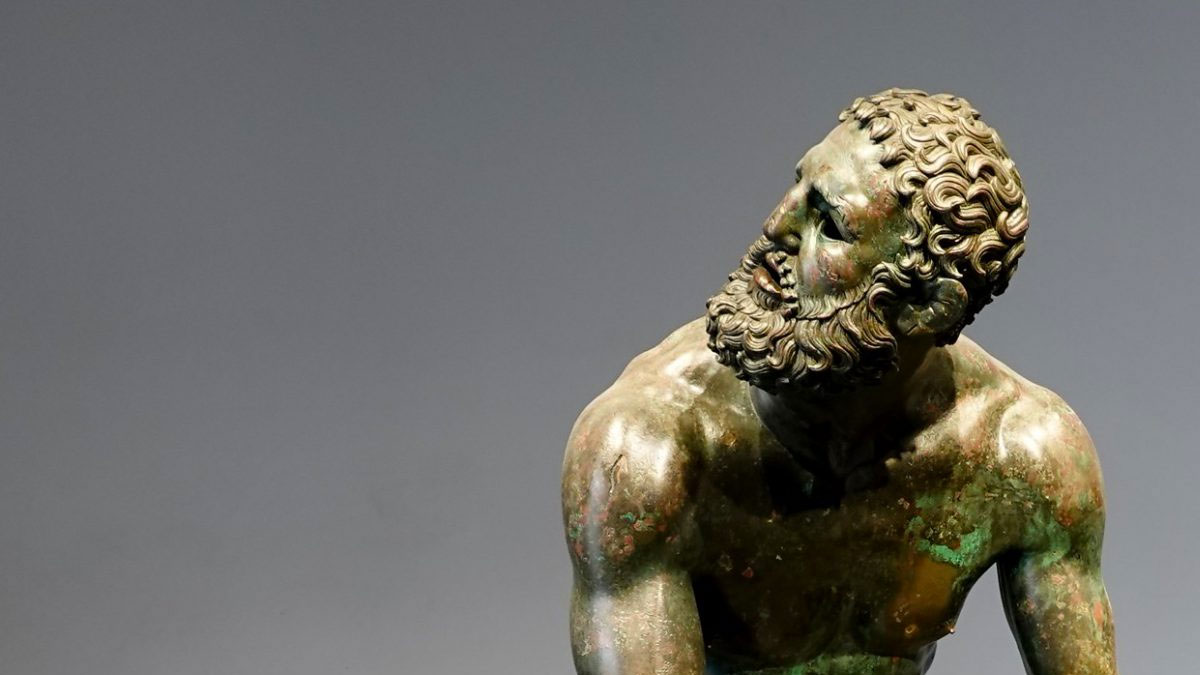Copper has played an important role in the development of human civilization. Copper was discovered in several sites, and has notable industrial origins in Cyprus whose name comes from those that traded the metal as a commodity. The ancients represented copper by the symbolic Egyptian hieroglyph meaning “for life,” marking the durability of copper.
It isn’t easy to pinpoint the exact moment of the appearance of the first copper objects. Copper hunting tools and weapons likely appeared around 5000 BC in Mesopotamia. At the time, the metal existed exclusively in nature in its native state.
Related reading
Copper and Civilization
For many civilizations, copper has been a source of inspiration for artists and builders. Soon after its discovery, copper was used in the minting of coins and forging swords. In many countries, copper is still regarded as a precious metal because of its unique properties.
The wealth that copper produces leads to positive change in various ways – most notably in jobs for local communities. Historically, it developed new towns, villages, and settlements. In the creation of jobs, copper attracts new residents and employees.
The Copper Age first started around 5000 B.C. Metal casting in the Near East was a common practice in ancient times. In ancient Egypt, copper statues were made before the copper was available to Europeans. During this period, copper statues enjoyed a high artistic status. Copper jewelry and copper sculptures began to be made in Africa around the 9th century, while Native Americans and First Nations discovered the function and beauty of copper.
China
Until the end of the Shang Dynasty around 1050 BC, China used the mold casting as the sole copper manufacturing method. In this process, an object is reproduced on a model, which is then cast in clay. Once the model has been released from the mold, the pieces are reassembled, but the mold becomes a casting mold after firing. The Jiangnan Copper House stands tall today, housing ancient copper sculptures, ornaments, and tools.
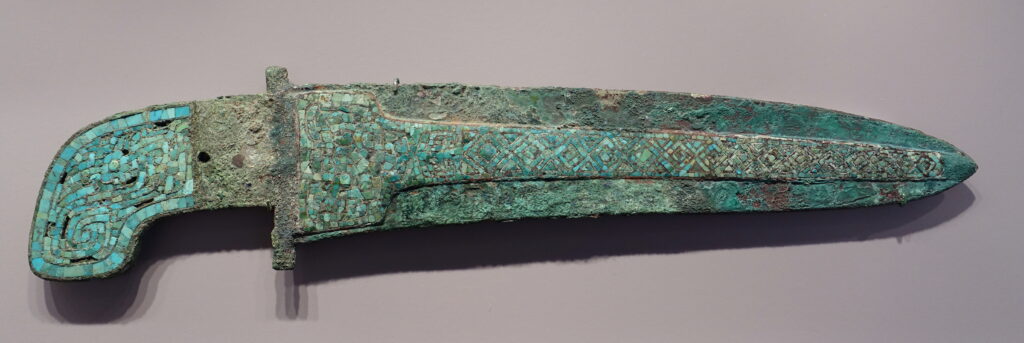

Middle East
Modern-day Jordan was the site of ancient mines and smelting sites. These mines may have belonged to King Solomon but while most historians mark this industrial activity after his reign, carbon dating in the last few years has strengthened the case for Solomon’s copper extraction and processing of copper at these sites. This claim is also backed up by biblical scripture which describes Solomon’s reign around 1000 B.C., a time which coincides with dating of ancient copper processing sites. The Bible describes “brass” and “bronze” opulence in Solomon’s court, alloys of copper, let alone copper being understood by scholars as fundamental to King Solomon’s wealth.
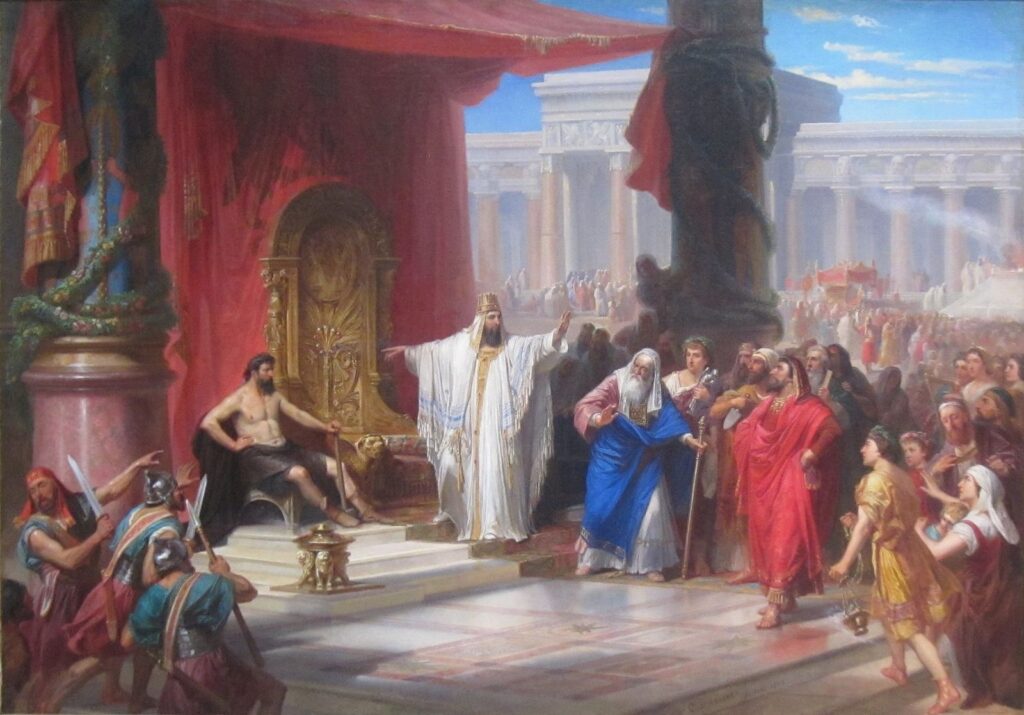

Ancient Greece
In the Mycenaean period, from around 1600 BC to around 1000 BC, Greece was prosperous, and copper was often used for everyday use and works of art.
By the 6th century AD, the lost wax casting technique had gained momentum. The copper sculptures that were produced were often adorned with glass, silver, and copper for realistic features.
It is believed that the statues were mass-produced and not composed of individual pieces by the artist. Some statues from this time that sunk in shipwrecks were recently found. It appears that separately cast torsos could have been attached to already manufactured limbs.


Ancient Rome
Several copper statues from various countries were sent to Rome, where they were melted down to recover the copper and make it into Roman weapons or sculptures. In the first century AD, Pliny the Elder wrote about the reuse of copper by Rome in the foundries of Brindisi. Sculptures from a copper age were discovered in 1992 attached to a wreck located in the Mediterranean Sea near Brindisi. The sculptures came from Eastern Mediterranean territories occupied by the Roman Empire between the 4th and 3rd centuries AD.
West Africa
Copper and bronze sculptures, such as breastplates, vases, crowns, and swords, have been discovered from the Igbo-Ukwu civilization. This civilization was one of the first in West Africa to make copper sculptures using the lost wax technique. Extensive work was done by assembling several pieces cast in copper.


Renaissance Italy
Copper started to appear in sculptures around the 1500s when Florence thrived as the center of the copper craft. The city eventually became famous for its bronze statue, including those by Donatello and Lorenzo Ghiberti. These are among the most iconic figures of the Renaissance. Sculptors such as Michelangelo, among others, drew inspiration from Donatello.
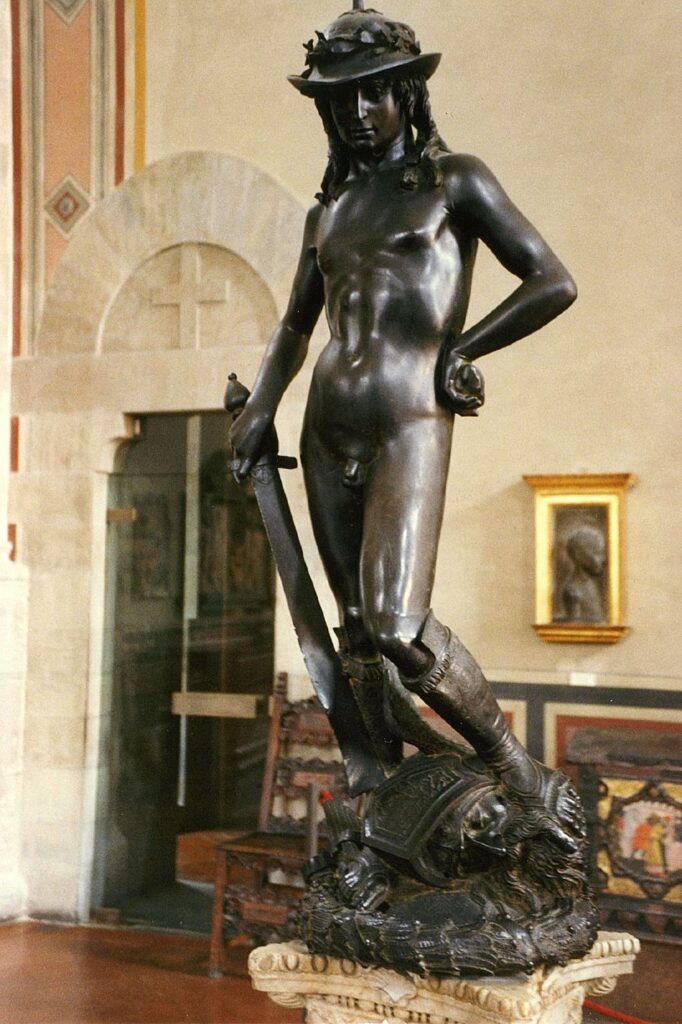

The Americas
Mexico
In the mid-15th century, the Purepecha peoples from central Mexico began producing hammered copper sculptures. In 1804 the Spanish established foundries in Mexico, which continue today to produce copper sculptures.
They used the heating and hammering technique to make tools and ornaments. In the process, copper is heated till it can be hammered several times. The patterns and soot are added to the part using special hammers. What is left becomes a red patina.
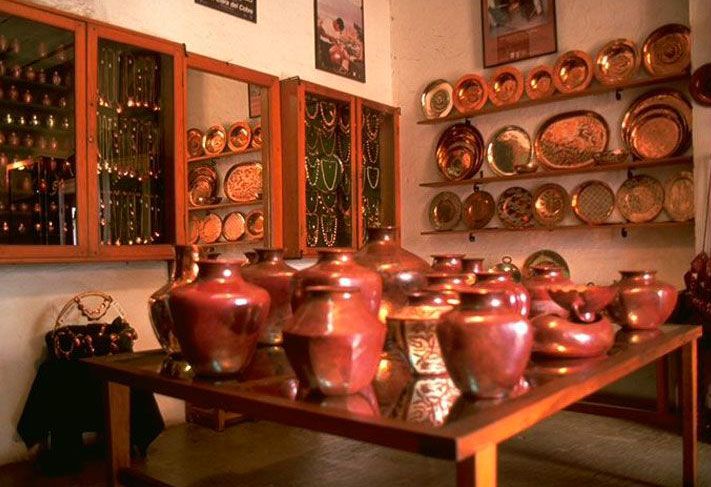

Northwest
Indigenous peoples of the region are known to have used copper for payment, and symbolic significance and was generally the property of chieftains but were connected to Shamans. During the Potlatch, a ceremonial feast among indigenous peoples to display wealth and establish status and social prestige, copper was sometimes used in place of slaves among historic indigenous peoples. Copper would be destroyed as part of the ceremony to display the wealth of chieftains. As an indicator of value, copper was an important element in the succession ceremonies for these leaders. Rival chiefs would symbolically break their copper in exchange with other chiefs until one’s copper was fully broken into pieces, symbolizing defeat. In the tradition of indigenous peoples, copper was also important in funerals and weddings.
The Old Copper Complex refers to the ancient copper culture of Native Americans-the original inhabitants of the Great Lakes region. This culture reportedly spans many thousand years in an area of thousands and thousands of square miles.
Today tangible evidence suggests these communities used copper to produce countless tools in the Middle Archaic period. They got their copper from natural ores that ran hundreds of miles along the Keweenaw Peninsula.
Their copper was the purest, over 95%. Researchers conclude that large amounts of this pure copper must have been used for ornaments and weapons by the Native Americans from the extent of mining. Significant artifacts, including axes and adzes, knives, and harpoons, have been found.
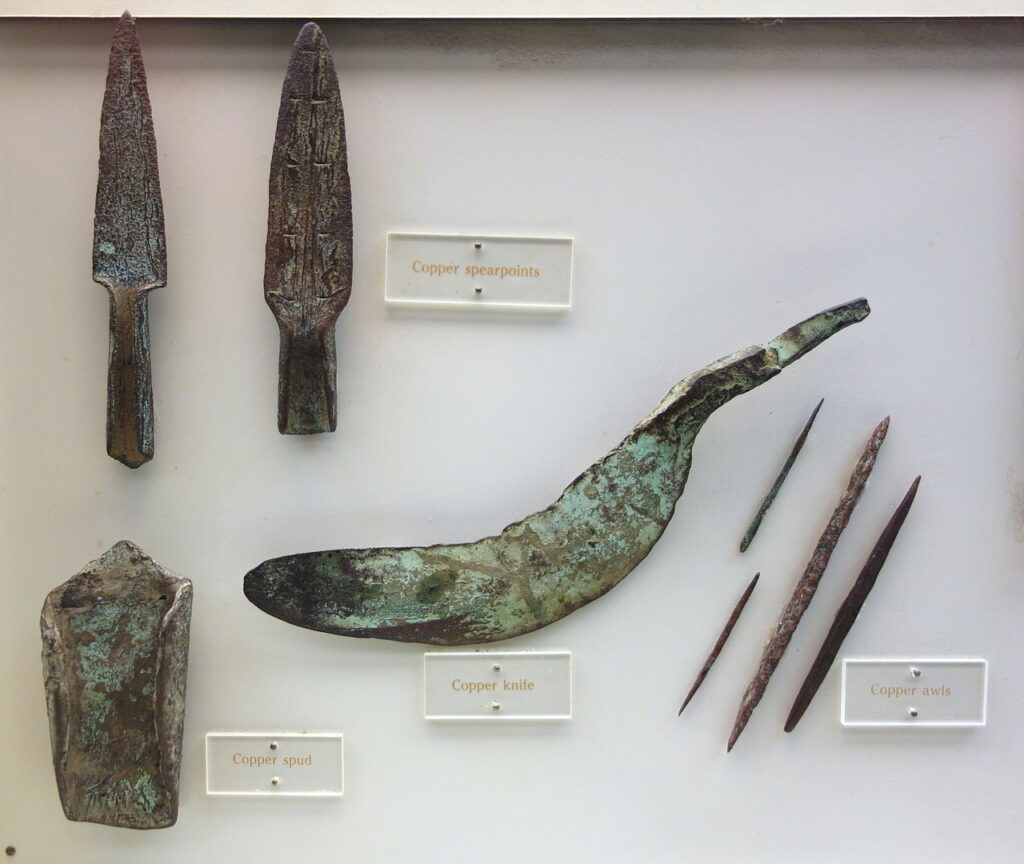

Religious Significance of Copper
For more than 5000 years, copper has been linked to the goddess of love (Aphrodite). Copper was also by the Egyptians used to purify water and keep wounds clean. Shamans believe that copper magnifies energy transfer, meaning that the wearer can absorb healing provided by the minerals or crystals.
Some of the copper craftwork found in Egyptian tombs remains today, including copper plumbing pipe, even though it is thousands of years old. Burying everything that a person would need in the next world in the tombs, ancient Egyptians used bronze to make models of statues, bakehouses, tanneries, breweries, and boats.
Much of the history, processing, and use of copper that we know today only survived because of representation in Christian monastic and Islamic cultural writings. Three famous writers Peter Theophilus in the 11th century, Georgius Agricola in the 16th century, and Johannes Mathesius in the 17th century, describe in detail the metal producing techniques of their times.
This literature has influenced much of modern mining uses of copper in society.
